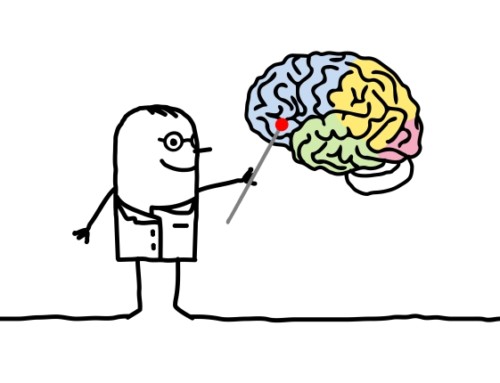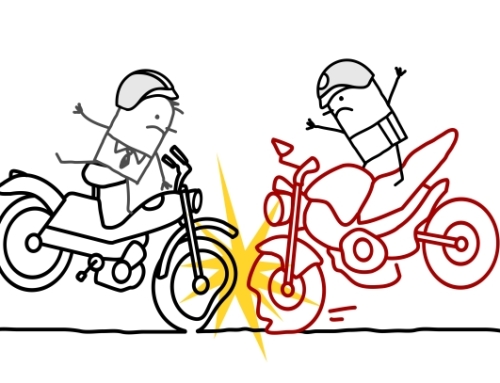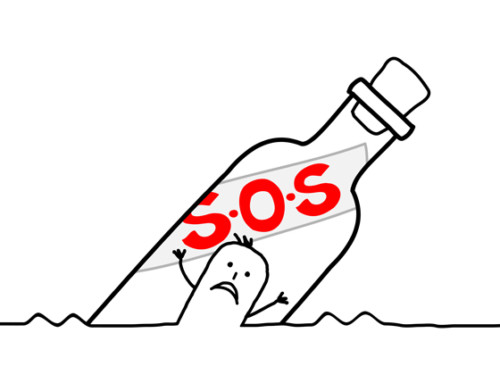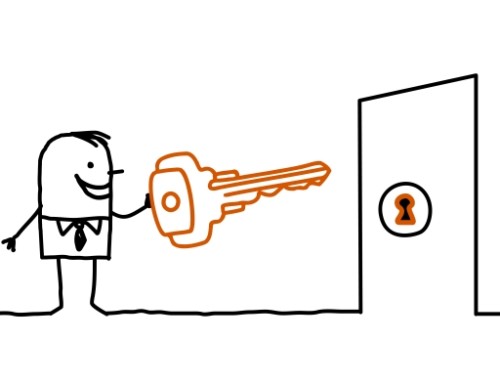In this article, I discuss the importance of steering clear of settings and activities which make it more likely you will choose to engage in behaviours you are trying to reduce or eliminate.
In my work as a Calgary psychologist and a Cochrane psychologist, I often help clients whose goals are to reduce or eliminate behaviours which are having negative effects on their lives. These behaviours include alcohol and drug use, gambling, internet use, and binge eating–to name a few.
The first step I typically take in helping these clients is to make them aware of settings and activities which put them at risk for engaging in their problematic behaviours. In the following sections, I will describe these high-risk settings and activities and discuss steps a person can take to avoid them. I will also indicate what to do if, despite your best efforts, you happen to find yourself in ‘high risk territory’.
What are ‘high-risk situations’?
High-risk situations are those settings and activities which make it more likely the person will choose to engage in a problematic behaviour. For example, high-risk settings for someone trying to reduce alcohol use may involve hanging out with friends who drink alcohol or being in settings in which alcohol is available or is being served. High-risk activities are those which the person has engaged in previously leading up to or while drinking alcohol.
High-risk settings and activities typically increase the person’s urges and cravings to engage in the problematic behaviour. The person will often act on these urges and cravings in order to satisfy them or to reduce the discomfort they experience from not acting on them.
Reasons for avoiding high-risk settings and activities
It is better to avoid high-risk settings and activities because doing so reduces the likelihood of engaging in the behaviour you are trying to reduce or eliminate. This occurs primarily because avoiding these settings and activities typically results in fewer urges and cravings to engage in the problematic behaviour.

How to avoid high-risk settings and activities
The best way to avoid high risk settings and activities is to spend as much time as possible in low risk settings and engaging in low-risk activities. Doing so will result in your having fewer urges and cravings to engage in the problematic behaviour.
For example, if hanging around people who drink and spending time in settings where alcohol is accessible are high-risk, then hanging out with people who do not drink and spending time in settings where alcohol is not accessible would make sense for someone who is trying to reduce or eliminate drinking. It would also be advisable for such an individual to schedule activities in which they are less likely to have urges to drink in place of activities in which they typically have urges to drink.
How to handle high risk situations you cannot avoid
In your efforts to reduce or eliminate a problematic behaviour, there will likely be times when you find yourself in high-risk situations which you cannot avoid. For example, you may be required to attend an event in which alcohol is served while you are attempting to reduce or eliminate drinking.
For these situations, skills to manage your urges and cravings can help you to stay on track. A psychologist who specializes in cognitive behavioural therapy (CBT) can help you to learn and apply these skills.
Don’t play with fire
Having said that, your chances of success in reducing or eliminating a problematic behaviour will improve if you don’t ‘play with fire’ by unnecessarily entering settings or engaging in activities in which you are more prone to having urges and cravings to engage in the behaviour.
In other words, following this rule will serve you well (especially in your early attempts to make progress): Reduce your exposure to high-risk settings and activities you can avoid while you learn to manage urges and cravings associated with those high-risk settings and activities which you cannot avoid.
Once you have had success in using skills to manage your urges and cravings, you may reach a point at which you can gradually expose yourself to those situations which were once high-risk with confidence that you can handle them. However, until that time it is best to err on the side of caution by steering clear of high-risk situations you can avoid by using the strategies discussed in this article.
May you address your problematic behaviours by avoiding high-risk situations,
-Dr. Pat






Leave A Comment